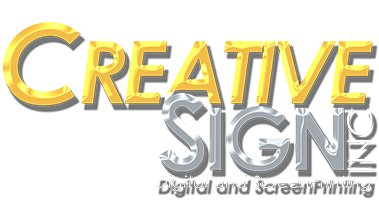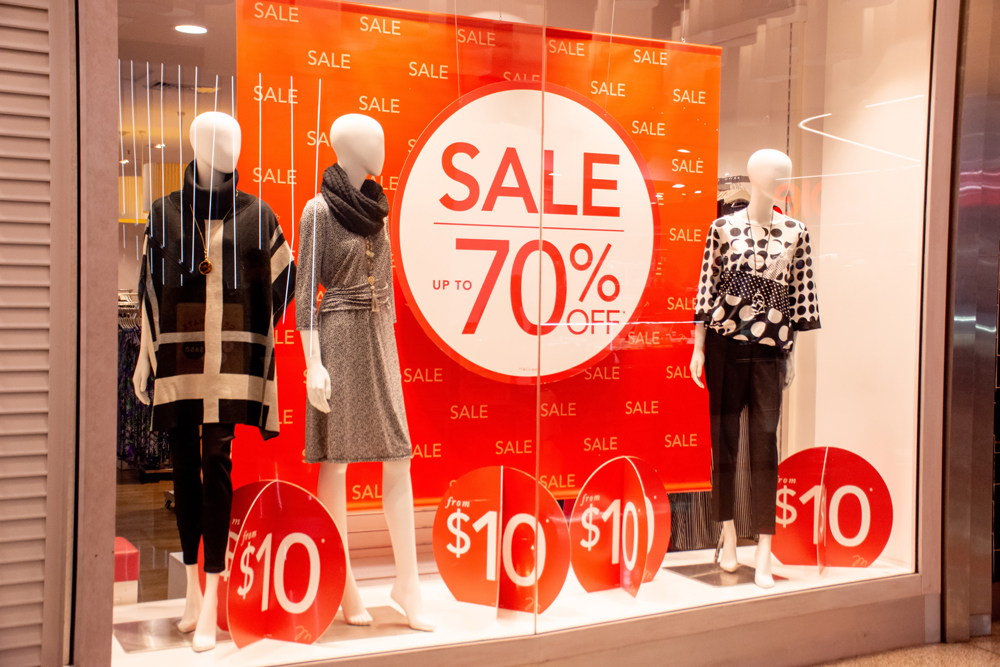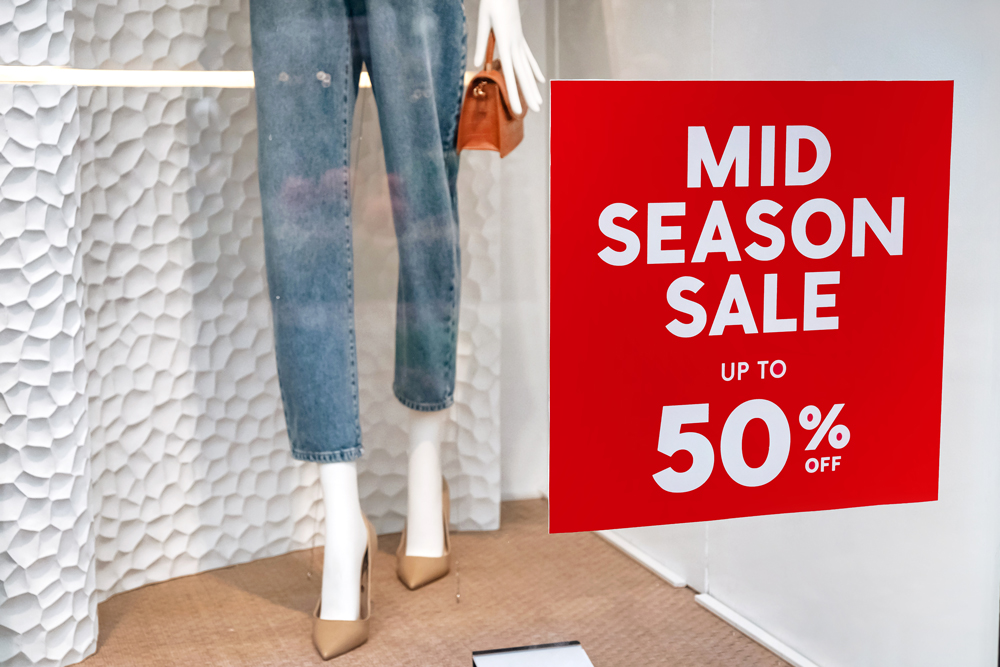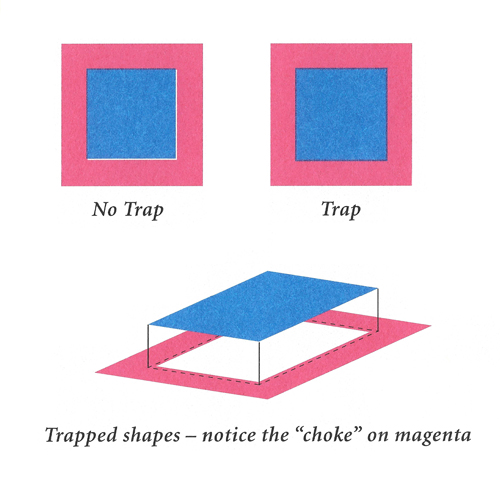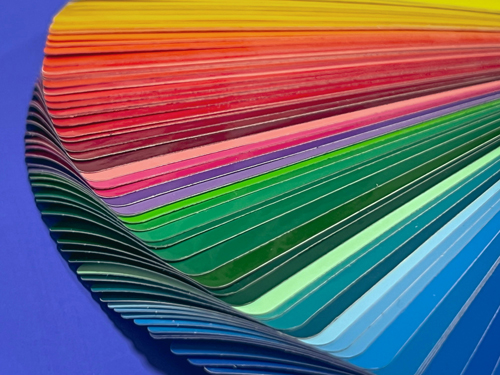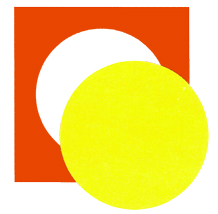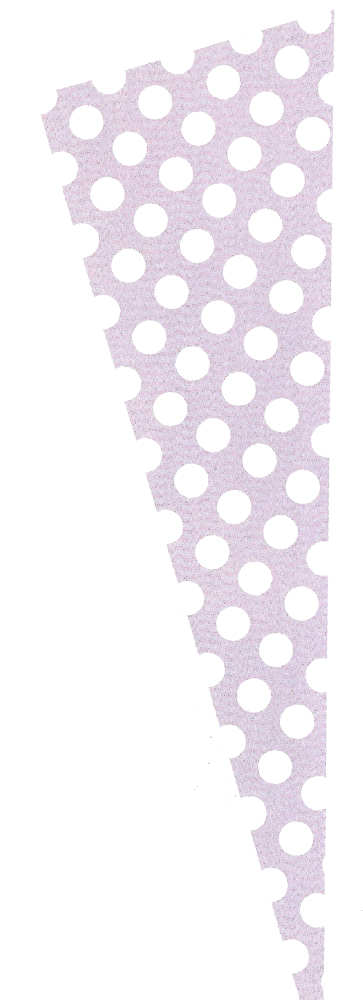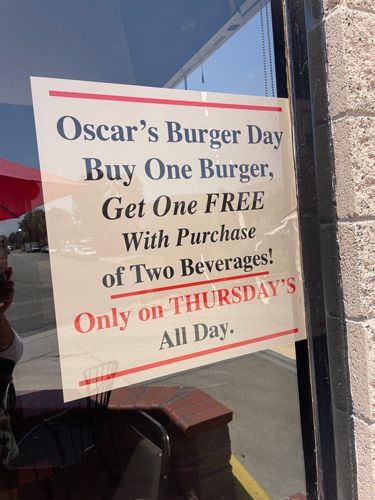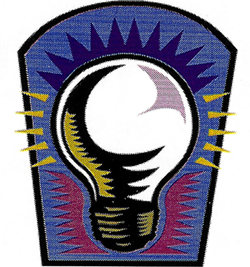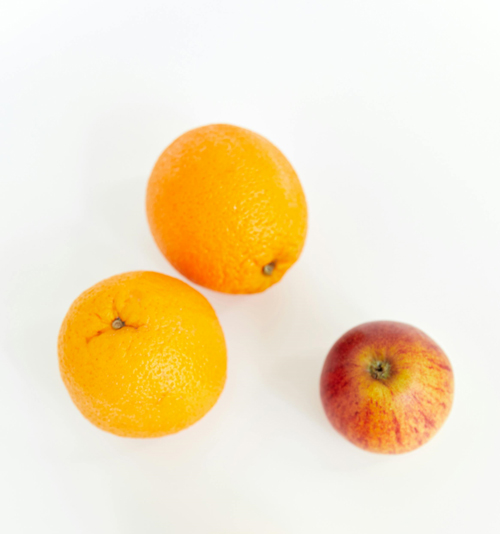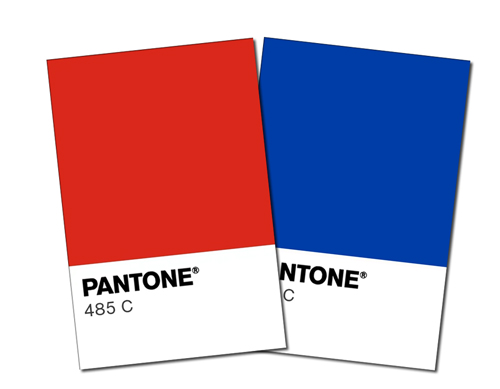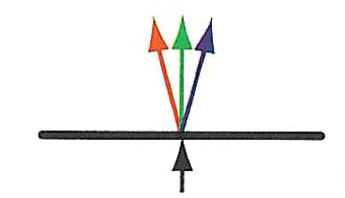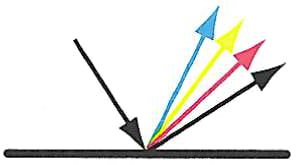December is a critical time for many businesses. It marks the end of the fourth quarter and a final opportunity to boost revenue and achieve strong sales before the end of the year. A positive holiday season can transform a good year into a great year if businesses know how to capitalize on the opportunity. It’s important for many businesses to develop a plan for their indoor signage. Signs that are strategically placed can enhance the shopping experience, guide customers through the store, and maximize impulse buys. It’s also essential to design eye-catching signs that will stand out to draw a crowd.
This article will discuss successful design elements and how to make your seasonal sign effective to maximize sales this holiday season.
What makes a successful design?
There are several key characteristics that make a successful design. The top five design elements are:
- Capture their attention with holiday graphics – Highlighting themed imagery with family gatherings and celebration invokes nostalgia. Create a warm and inviting atmosphere by tapping into the emotions of your customers to make the holidays seem special.
- Use Simple yet effective colors – Incorporating colors such as red, green, silver, blue, and gold evoke the season’s spirit.
- Use Clear, easy to read text – Clarity is key when designing an effective holiday sign. Shoppers are in a hurry and they do not have time to solve complex offers. Use bold, easy to read fonts, and keep the message concise. Focus on the discount and the deal to give the customer the information they want quickly.
- Use different shapes and sizes – Use different materials and create signs in all shapes and sizes to draw attention from all angles. Experiment with attention grabbing shapes such as arrows, stars, or spheres decorated to resemble a holiday ornament.
- Highlight your brand – Adding your brand colors to holiday graphics is an effective method to grab attention, captivate, and help your customers remember your business.
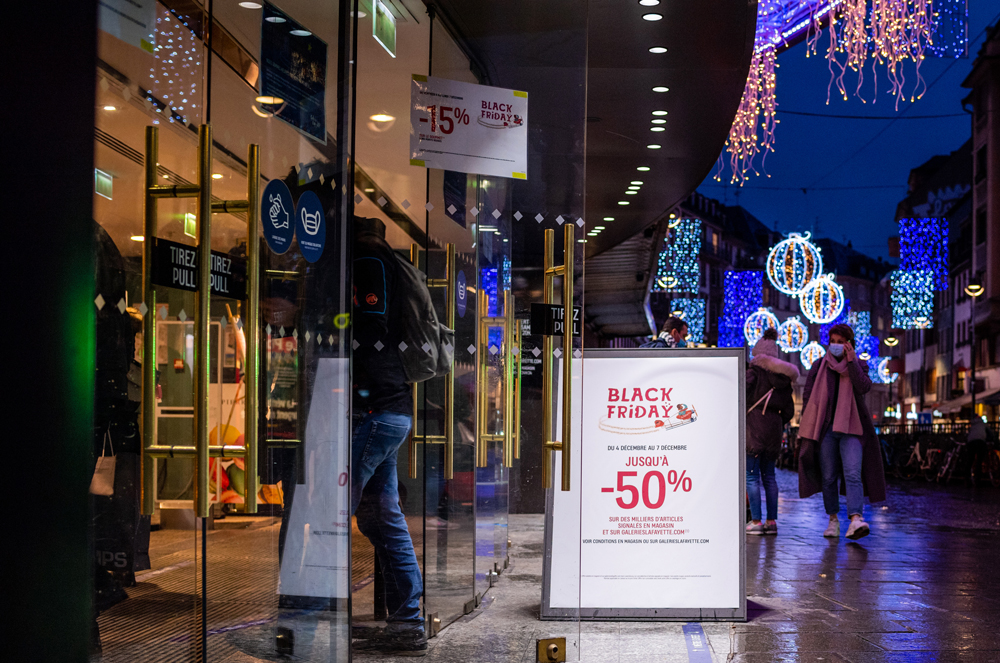
How to make your seasonal signs effective.
Businesses can design and produce several eye-catching signs, however; the sign must be visible and placed effectively to produce a sale. When maximizing the effectiveness of your signs, remember the following:
- Plan Ahead – The holidays occur once per year and they roll through quickly. It is in every store’s best interest to prepare early and have their signage ready for the holidays. Read more about what signage will work for your business so you will be ready for the holidays.
- Spotlight your message with lighting – Take advantage of shorter days and early dark evenings with decorative lights. Use interior and exterior lights to brighten up your signs and grab attention. Choose your colors wisely by matching holiday colors along with the store brand.
- Strategically place each sign – Ensure there is a direct line of sight for each sign. It is best practice to place signs at eye level to draw the attention of the customers. Place signs with the best offers in high traffic areas to pique your customers interest for both indoor and outdoor signs.
- Lead Your Customers – Make it easier for your customers to find your store and guide them to make a purchase. Setup exterior signs such as banners, sidewalk signs, and window signs to help your customers find your location. Setup directional signs such as floor decals and interior signs to direct them around the store and guide them to the checkout.
- Use your window space effectively – Use your windows to your advantage. Hanging window signs, decals, and perforated window signs highlighting holiday sales are excellent tools to capture the attention of passerbyers and entice them to enter your store.
Do you want to take full advantage of the holiday shopping season and grow your business? The experts here at Creative Sign Inc. can design an eye-catching sign to make you stand out from the competition. We can also help you develop a festive holiday layout for your store to increase sales. Contact us today to plan for a successful holiday season.
